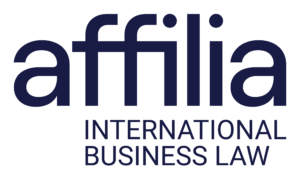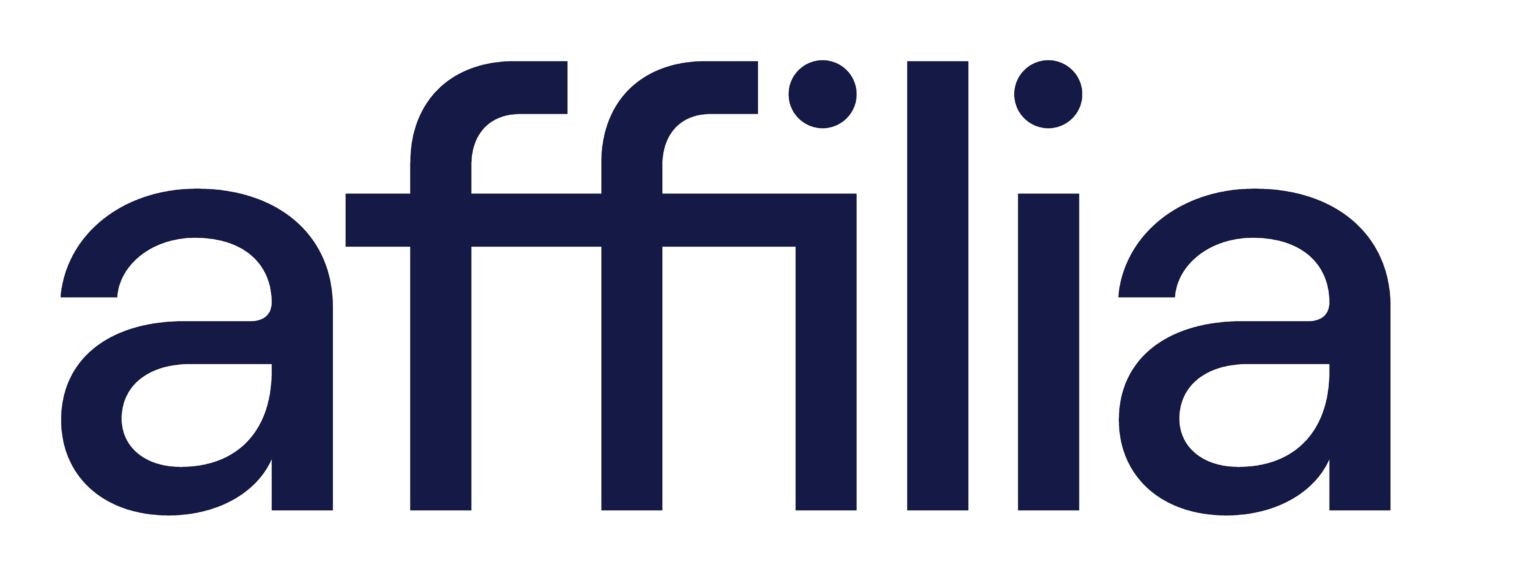Published by Paul Fauteux
With the fast-approaching deadline of May 31, 2025, federal institutions and businesses subject to the Fighting Against Forced Labour and Child Labour in Supply Chains Act (the Act) must mobilize to meet their legal obligations. This law, which came into effect on January 1, 2024, imposes strict requirements for transparency and due diligence to prevent human rights violations in supply chains. Below is an overview of the main obligations imposed by the Act and the strategic implications they entail.
What is the Purpose of the Act?
The Act aims to implement Canada’s international commitments to combat forced labor and child labor by imposing reporting obligations.
Who is Affected?
The Act applies to:
i) To entities (businesses) that
a) Produce, sell, or distribute goods in Canada or elsewhere;
or
b) Import goods into Canada that were produced outside Canada;
and
c) Have shares or equity securities listed on a Canadian stock exchange;
or
d) Meet at least two of the following three criteria in their consolidated financial statements for one of the two most recent fiscal years:
- Assets of at least $20 million;
- Revenue of at least $40 million;
- An average workforce of at least 250 employees
or
e) are prescribed by regulation
AND
ii) Federal institutions within the meaning of section 3 of the Access to Information Act.
What Does the Reporting Obligation Entail?
Federal institutions and businesses concerned must, no later than May 31 of each year, submit a report detailing the measures taken during their most recent fiscal year to prevent and mitigate the risks of forced labor or child labor at any stage of the production of goods:
i) produced, purchased, or distributed, in Canada or elsewhere, by the federal institution; or
ii) in Canada or elsewhere, or imported into Canada by the business.
What are the Other Obligations Under the Act?
1. Content of the Mandatory Annual Report (Article 6 and 11)
The report must include the following information about the federal institution or the business:
- Its structure, business activities, and supply chains;
- Its policies and due diligence processes related to forced labor and child labor;
- The parts of its commercial operations and supply chains that present risks of forced or child labor, along with measures taken to assess and manage these risks;
- Steps taken to remedy any instances of forced or child labor;
- Measures implemented to address income losses for vulnerable families caused by efforts to eliminate forced or child labor within its operations and supply chains;
- Employee training on forced labor and child labor;
- Methods used to evaluate the effectiveness of efforts to prevent forced or child labor in its commercial operations and supply chains.
2. Public Disclosure (Article 6, 13 & 22)
The report must be published in a prominent location on the website of the federal institution or business, in addition to being submitted to Public Safety Canada, which will make it available to the public in an electronic registry on its website
3. Inspection, Offenses, and Penalties (Articles 15–21)
A person designated by the Minister may inspect premises, request documents, information, and data access. Penalties for non-compliance include fines up to $250,000, which can apply to directors, officers, or agents of the company.
Strategic Implications of Compliance for Businesses
Beyond legal compliance, this obligation represents a strategic opportunity:
- Reputation: Publishing a transparent and comprehensive report demonstrates your company’s commitment to ethical conduct, which can enhance investor and consumer trust.
- Risk Management: Identifying vulnerabilities in your supply chains helps prevent potential scandals related to human rights violations.
- Competitive Advantage: Proactive companies combating forced labor and child labor position themselves as leaders on this global issue.
How Can You Optimize Your Efforts?
Given the complexity of this task, rigorous preparation is essential. Key steps include:
- Creating a detailed mapping of your supply chains.
- Regularly assessing risks related to forced labor and child labor.
- Training your teams on legal requirements and best practices.
- Collaborating with experts to ensure your report meets all requirements under the Act.
Conclusion
The annual report required by the Supply Chain Act is far more than a mere administrative formality. It presents a unique opportunity to demonstrate your commitment to ethical and responsible conduct. If you want to streamline this process while ensuring compliance, consider partnering with an experienced organization like Affilia. Their expertise can help transform this obligation into a sustainable strategic advantage.
For any questions or further information on implementing the Act, feel free to contact Paul Fauteux or Florence Beauregard—they will be happy to assist you with this essential endeavor.


